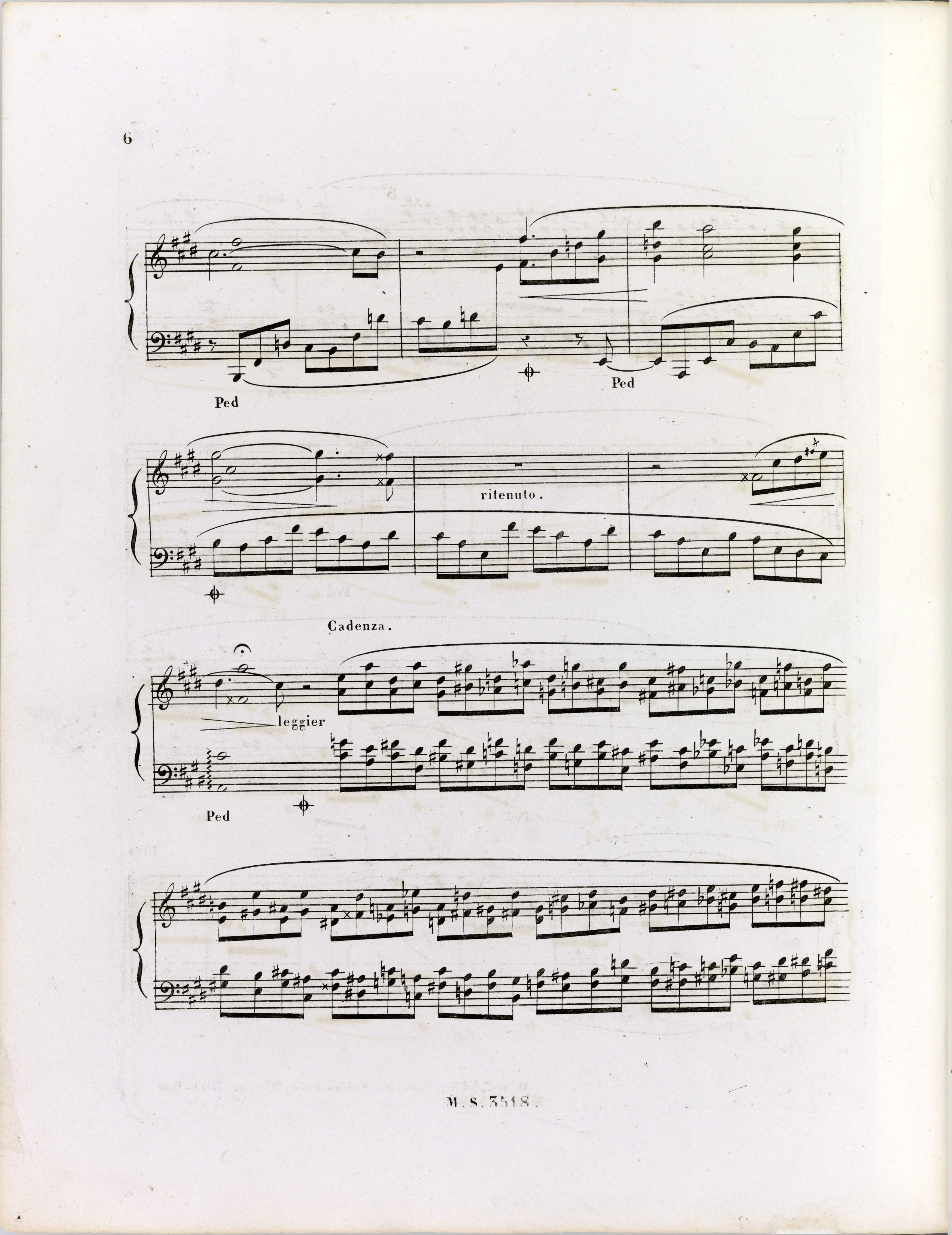



The need to extend Cadenza’s notation into a few lines of the text raises a number of doubts, as far as the validity of accidentals is concerned. In the main text we apply the following rule: the accidentals which were valid at the end of the previous line require a cancellation in the new line when they are meant to lose the validity, but also a recollection (repeat), if they are meant to be still valid. In other situations, we do not include repeated (superfluous) signs.
In the version “transcript” of all of the sources, we give exactly the signs that appear in it. We add possible omissions of obligatory signs in the version “edited text.”
All situations, in which there is a slightest doubt, as far as the target sound of a given note is concerned, are commented separately.
List of differences in the presence of accidentals in the first line of Cadenza. It includes inaccuracies which do not cause doubts concerning the text.
| group |
 |
sign |
absent | appears additionally |
|---|---|---|---|---|
| 2 | 2 |
 g g |
FE (→EE) | |
| 2 | 2 |
 g g 2 2 |
FE (→EE) | |
| 3 | 1 |
 b b |
FE, GE | |
| 3 | 2 |
 b1 b1 |
GE | |
| 3 | 4 |
 c c 1 1 |
FE1,GE | |
| 4 | 2 |
 f f |
FE (→EE), GE | |
| 4 | 2 |
 f f 2 2 |
FE (→EE) | |
| 5 | 1 |
 a a |
FE, GE | |
| 5 | 1 |
 e e 1 1 |
FE (→EE) | |
| 5 | 3 |
 d1 d1 |
FE (→EE),GE | |
| 5 | 4 |
 d d |
FE1 | |
| 6 | 1 |
 b b |
FE | |
| 6 | 2 |
 e e |
FE (→EE), GE |
Compare the passage in the sources »
category imprint: Interpretations within context; Differences between sources
issues: EE revisions, Inaccuracies in GE, Inaccuracies in FE, Omissions to cancel alteration, Cautionary accidentals, EE inaccuracies, FE revisions
notation: Pitch

